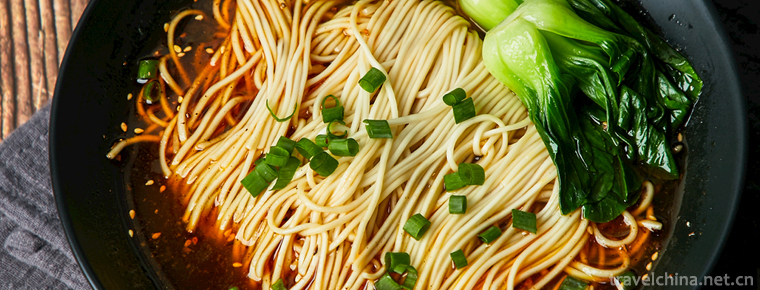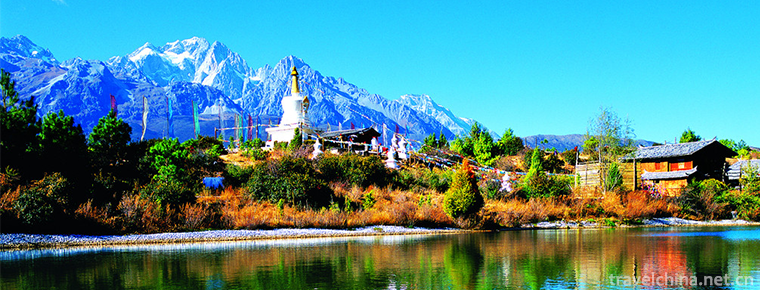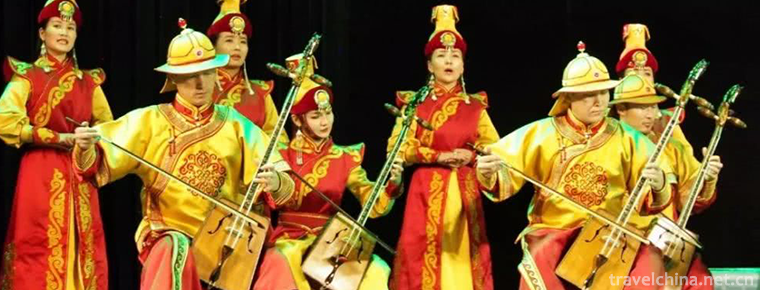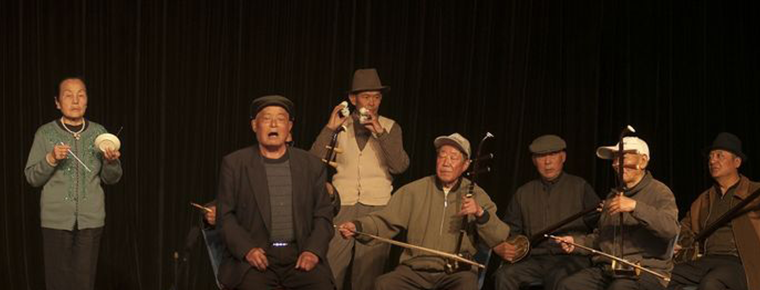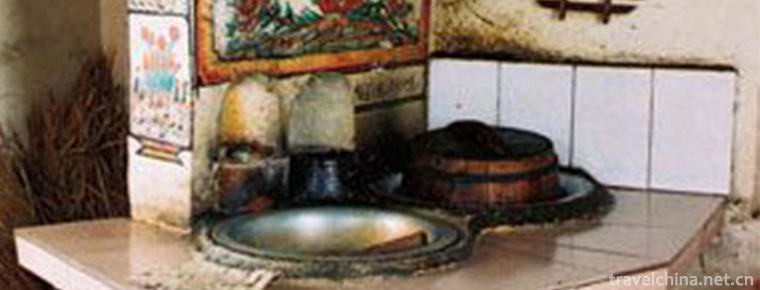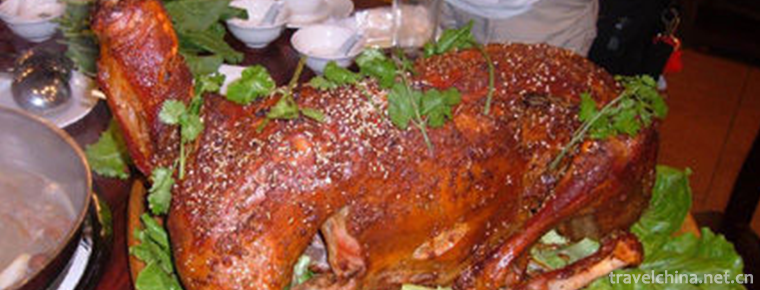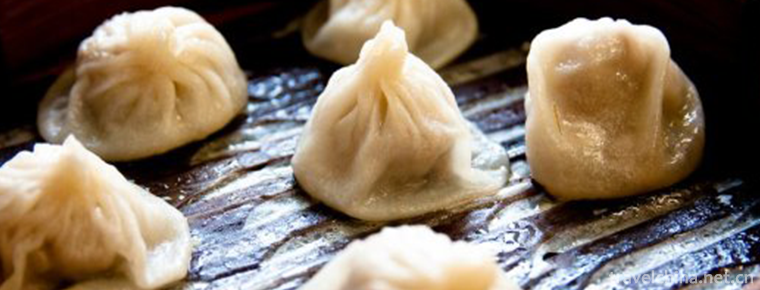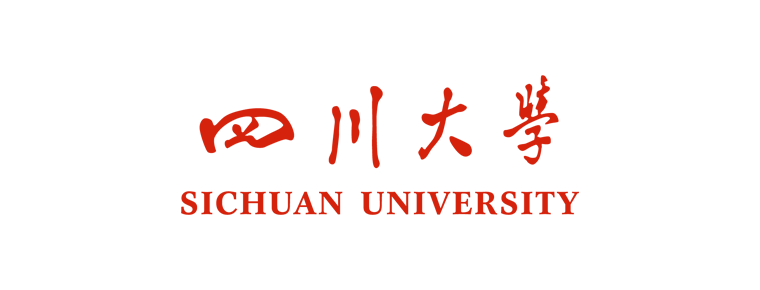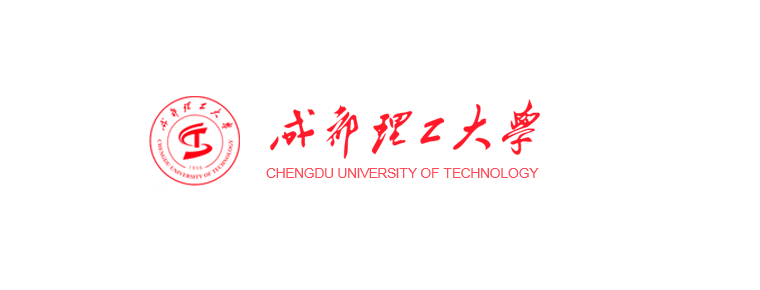Drama Costume and Opera Production Skills
Drama Costume and Opera Production Skills
Drama costume and costume production skills, local traditional handicraft in Suzhou City, Jiangsu Province, one of the national intangible cultural heritage.
The production of opera costumes in Suzhou can be traced back to the mid-Ming Dynasty. It was accompanied by Kunqu Opera in the South-to-North Transfer of Southern Opera at that time. Since the Ming and Qing Dynasties, Suzhou has been the main producer of silk and cotton cloth, and its embroidery is also famous at home and abroad for its exquisite skills. In the 1930s, the four most famous opera costumes in Beijing Opera circle were customized in Suzhou.
On May 20, 2006, the production techniques of theatrical costumes and dramas were approved by the State Council of the People's Republic of China and listed in the national intangible cultural heritage list, the heritage number_-82.
Historical origin
The production of opera costumes in Suzhou can be traced back to the mid-Ming Dynasty. It was accompanied by Kunqu Opera in the South-to-North Transfer of Southern Opera at that time.
Since the Ming and Qing Dynasties, Suzhou has been the main producer of silk and cotton cloth, and its embroidery is also famous at home and abroad for its exquisite skills. On this premise, the production of Suzhou opera costumes has advantages that other regions can not match.
In the 1930s, the costumes of Mei Lanfang, Cheng Yanqiu, Xun Huisheng and Shang Xiaoyun were all customized in Suzhou.
Along with the development of Chinese opera, a variety of costumes and props for the opera have gradually emerged, and the craftsmanship system of its production has been improved day by day.
Process characteristics
Suzhou opera costumes are made by hand in a one-by-one fashion. According to the role identity, age, character, drama genre and theatre style, Suzhou opera costume industry uses satin, silk, crepe yarn and summer cloth as clothing materials, chooses fine and thick silk yarn with exquisite colour and lustre, and matches with gold and silver silk, Baosu treasure, ribbon fabric and multicoloured glossy film. Clothing tools include dry powder bags, water powder bags, bamboo pulp knives, copper pulp knives, scissors, bamboo rulers, irons, pins, etc. Helmets and hats tools include bamboo scissors, pliers, chisels, wax plates, soldering iron, reel barrels, rockers, draining powder nozzles, etc. Boots, shoes and mouth tools include cones, batch leather knives, hammers, paste brushes, last, splints, file knives, etc. Suzhou opera costumes cover Kunqu Opera, Yueju Opera, Peking Opera and other types of drama. Their skills blend various elements such as painting, embroidery, color, history, literature, and combined with modeling, printing, sewing, leather and other techniques, their embroidery color reflects the elegant and beautiful characteristics of Suzhou Shuixiang.
Inheritance and protection
Inheritance value
Since the Ming Dynasty, Suzhou opera costume has formed its scale. Its main value is not only that it has collected a variety of traditional handicraft, but also that in the historical development of over 500 years, along with the development of Chinese opera, it has formed a variety of costumes and props for opera, and formed a unique handicraft system with a thousand tempers. It is precisely with exquisite skills and elaborate production of costumes and operas that we have a rich and colorful stage. The production techniques of opera costumes and dramas not only have historical value, practical value, but also have unique artistic and cultural value.
1. Historical value: Suzhou opera costumes and opera tools have followed the historical changes of hundreds of years. Many products are based on the clothes of Ming Dynasty, blending the characteristics of Qing Dynasty and the early years of the Republic of China, and covering the evolution of Chinese costumes.
2. Practical value: Suzhou opera costumes not only provide costume props for theatre troupes and literary and artistic groups, but also provide costumes and decorative supplies for ethnic minorities.
3. Cultural and artistic value: Suzhou opera costume not only integrates art, color, shape and other crafts, but also each of its works is an independent work of art, high-end costume has been many well-known people as art collections.
Inheriting characters
Li Rongsen, male, Han nationality, born in September 1956, is from Zhenjiang City, Jiangsu Province. In June 2007, Li Rongsen was selected as the representative successor of the first batch of national intangible cultural heritage projects and declared in Suzhou, Jiangsu Province.
Sun Ying, female, Han nationality, born in July 1957 in Beijing. In June 2009, Sun Ying was selected as the representative successor of the third batch of national intangible cultural heritage projects and declared by Beijing Drama Costume Factory. Project Name: Drama costume production skills.
protective measures
On October 1, 2006, "Traditional Chinese Opera Clothes" was published by China Fine Arts Publishing House.
Up to 2007, Suzhou has set up a Suzhou theatrical costume production technology protection agency, started to collect, research and reproduce historical outstanding representative works of theatrical costume production technology data, established a Suzhou theatrical costume research group with experts and artists to recruit and train successors of theatrical costume production.
social influence
Domestic influence
In recent years, under the circumstances that the state regards promoting the great development and prosperity of culture as a major strategic measure, and with the increasing demand for traditional culture in the market, Beijing Opera Costume Factory has been cooperating closely with state-level performing units such as the National Grand Theater. It has successively directed films such as Red Cliff, Yuan Chonghuan, Xialucheng, and Television for directors like Zhang Yimou and Zhang Jigang. The film Red Guard of Honghu Lake and Peking Opera "Return to the Heart of the World" produced a large number of performance clothes and tools.
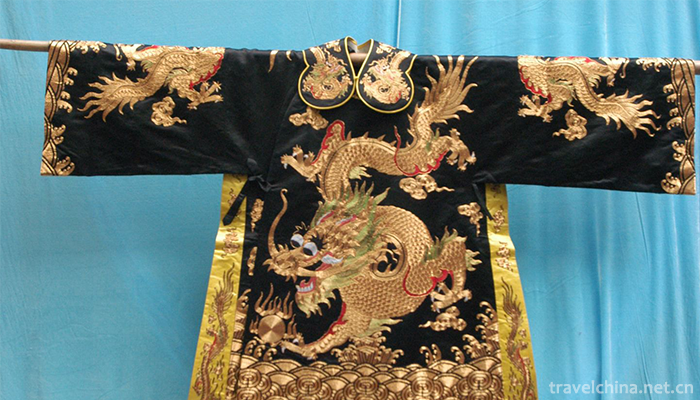
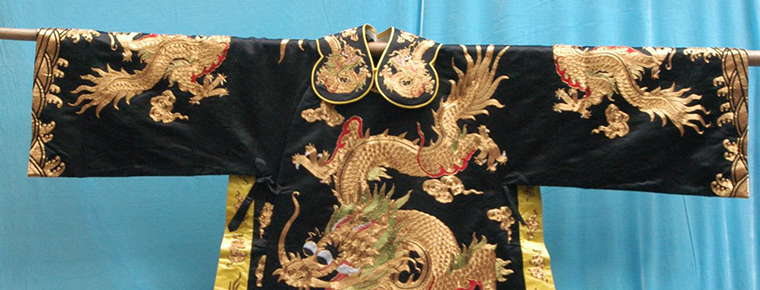
Drama Costume and Opera Production Skills
-
Chongqing small noodles
Chongqing small noodles is one of the four characteristics of Chongqing
Views: 325 Time 2018-10-12 -
Dongba Valley Scenic Area
Dongba Valley Scenic Area, located at the foot of Yulong Snow Mountain, Yunnan Province, 15 kilometers away from Lijiang River, is a natural ecological Grand Canyon, a rift valley torn apart during th
Views: 149 Time 2018-12-20 -
Old Stork River Drifting
Xixia Guanhe Drifting Scenic Area is a national AAAA-level tourist attraction and a part of Funiushan World Geopark in Nanyang, China. Xixia County, Nanyang City
Views: 135 Time 2019-01-29 -
Asil Lysi
"Asr" is the abbreviation of "Asru Winder" in Mongolian, and its translation is of great significance. Asr is a kind of Mongolian court music, which has a unique national style and
Views: 248 Time 2019-03-28 -
Five Palace Tunes in Haizhou
Haizhou Five Palace Tunes is a traditional folk music with a long history. It is an important link of Ming and Qing folk songs in Jiangsu Province. It is a precious relic of ancient "Zhugong Tune
Views: 124 Time 2019-05-02 -
Jiaxing Kitchen Head Painting
Jiaxing stove painting is a form of Jiaxing folk art. Folk artists use painting pigments to draw patterns on the various parts of the kitchen wall, also known as "kitchen paintings" and &quo
Views: 363 Time 2019-05-05 -
Cooking Techniques of Beef and Mutton
Strict raw materials for roasting whole sheep should be two-year-old lambs. Paste made of egg yolk, salt, cumin, pepper, flour, etc. will be applied to the whole sheep after treatment, and the head of
Views: 508 Time 2019-06-08 -
Traditional Cuisine Skills of Shanghai Bengang Cuisine
Benbang cuisine is a nickname for Shanghai cuisine and an important school of Han traditional catering culture in Jiangnan area. The so-called Ben Gang is local. It is characterized by thick red sauce
Views: 154 Time 2019-06-13 -
Sichuan University
Sichuan University is a national key university directly under the Ministry of Education, and a high-level research-oriented comprehensive university with national layout and key construction in Weste
Views: 122 Time 2019-08-30 -
Chengdu University of Technology
Chengdu University of Technology was founded on March 15, 1956 and approved by the State Council. On March 27, the Ministry of Higher Education and the Ministry of Geology jointly issued a paper based
Views: 148 Time 2019-08-31 -
Characteristics and types of Chinese embroidery
The main artistic features of hand embroidery are neat patterns, beautiful silk, fresh and elegant colors, rich needlework, appropriate elegance and beauty, and exquisite and exquisite embroidery. As far as the needling methods of embroidery are concerned,
Views: 249 Time 2020-12-12 -
Suining transportation
Suining is a transportation hub city in Sichuan Province, with an equal distance of 128 km between Suining and Chengdu Chongqing. It is an important node city and secondary comprehensive transportation hub between Chengdu and Chongqing. 237km "3-way 7-line" railway
Views: 143 Time 2020-12-16
